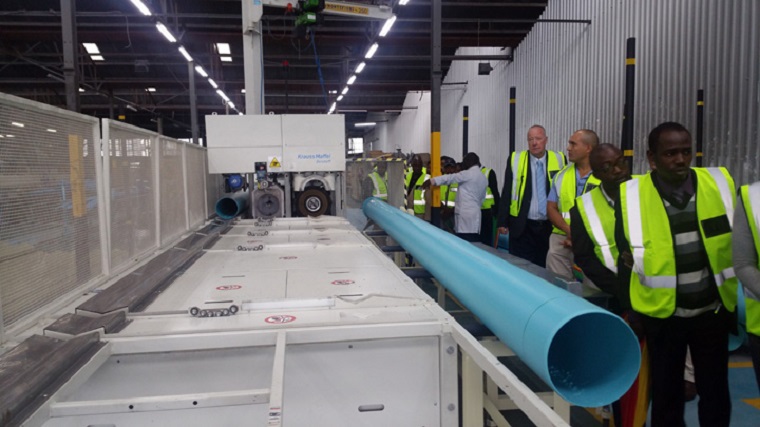Plastics manufacturer Proplastics reported an after tax profit of $680 000 in the full-year to December from $652 000 last year, driven by a 13 percent increase in sales.
Chief executive Kuda Chigiya told analysts that while volumes had increased to 4 800 tonnes from 4 261 tonnes last year, revenues had remained flat at $14.1 million because the company had been forced to cut selling prices by 11 percent to remain competitive.
Exports contributed 5 percent to sales but the company would be targeting to grow the figure to 10 percent.
“The biggest challenge going forward remains the group’s ability to fund raw material imports given the acute foreign currency shortages in the economy. This will be the most critical challenge facing the group in the short term,” he said.
Proplastics imports about 80 percent of its raw materials.
Chigiya said of the $2.2 million trade payables $850 000 was owed to foreign suppliers of raw materials.
Overheads at $2.5 million were up 5 percent driven by rationalization costs and an increase in bad debts.
Going forward Chigiya said the business would adjust to a cash model from credit to reduce the growing risk of default.
Total borrowings grew slightly to $916 000 from $750 000 in the prior year as the group completed payment for the new PVC machine.
Proplastics commissioned the $1.5 million machine, which will increase production by 60 percent to 960 tonnes per month, PVC plant last November.
Chigiya said the company was negotiating with financiers to fund a factory expansion planned for the second half of the year.- The Source
(40 VIEWS)







0 Comments